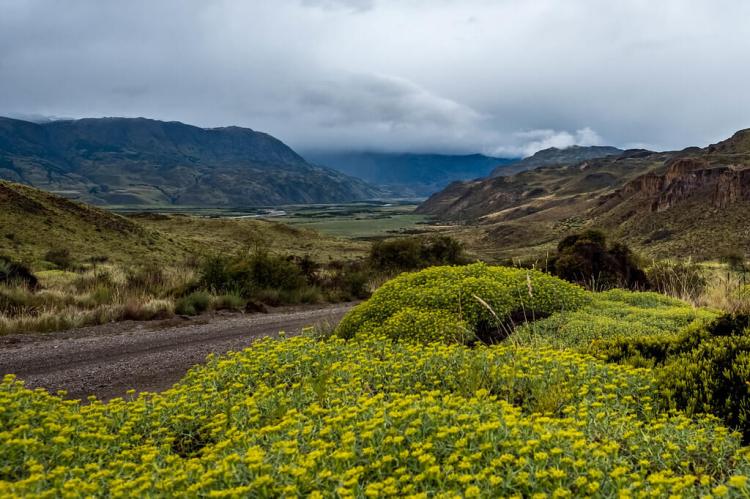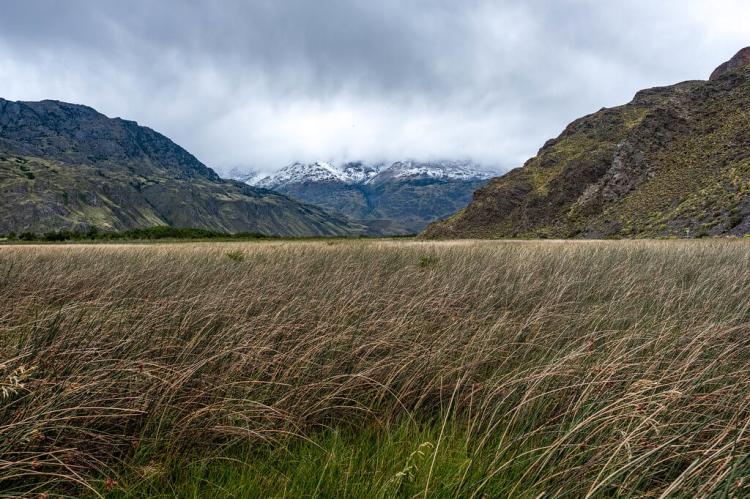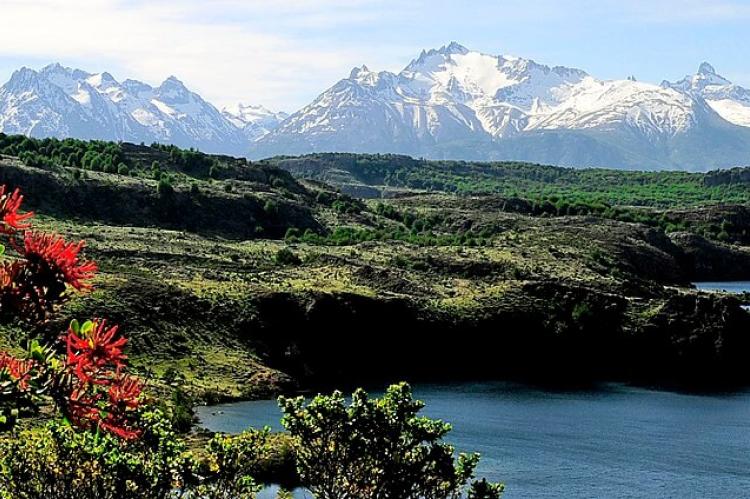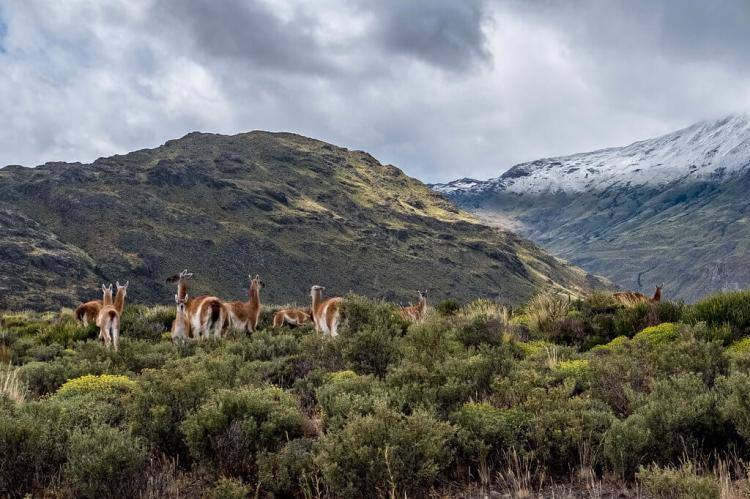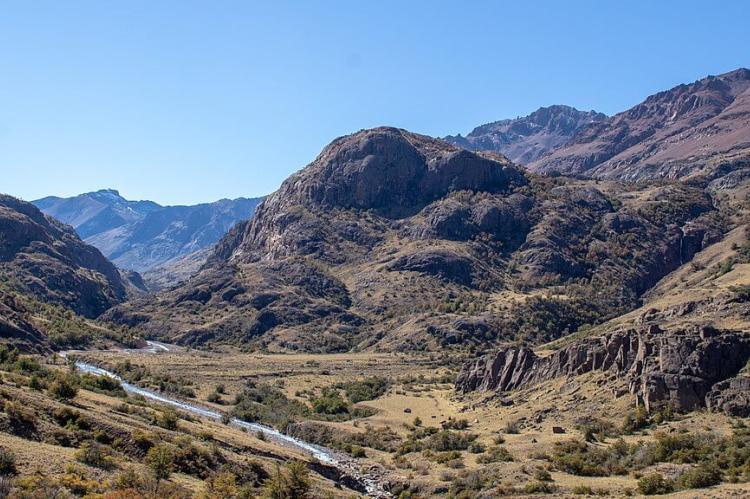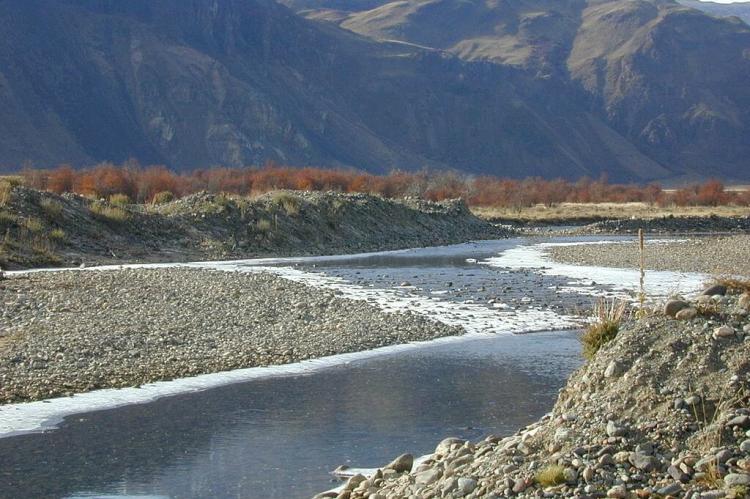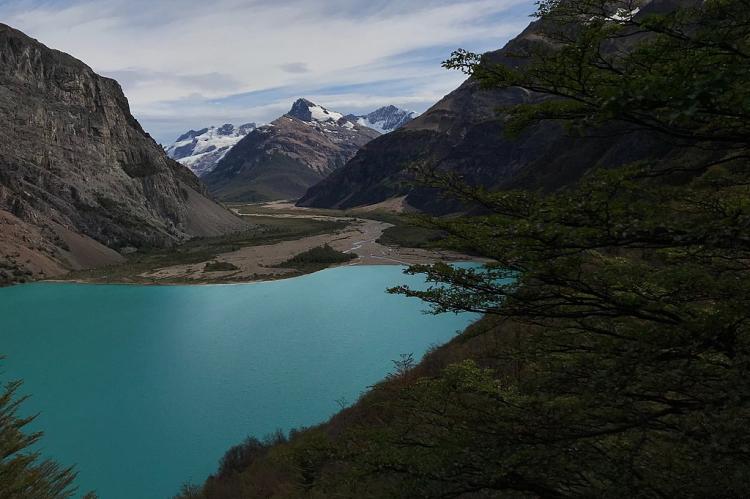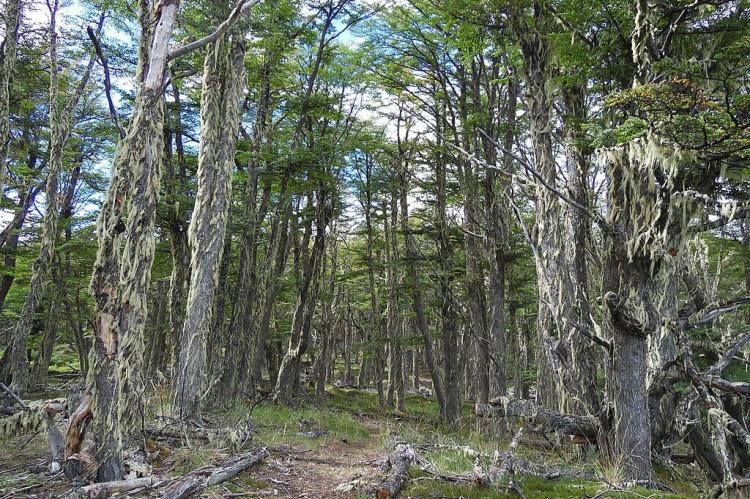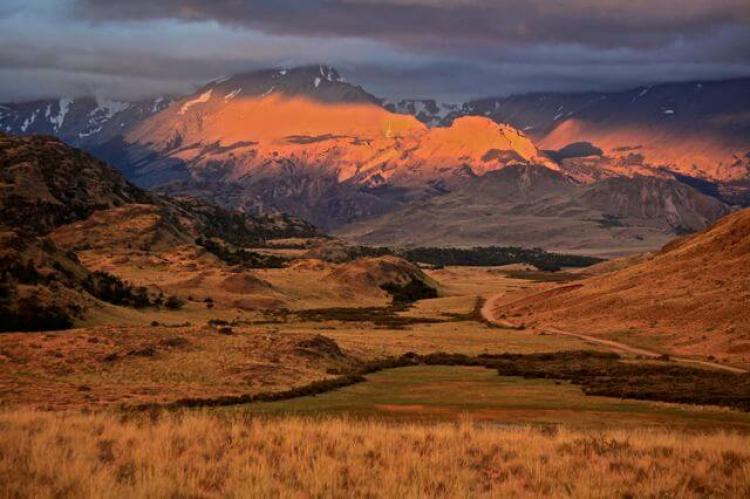Patagonia National Park: The Heart of Chilean Wilderness
Patagonia National Park, located in the Aysén Region of southern Chile, is a vast and diverse protected area that showcases Patagonia's unique natural beauty and ecological significance. It encompasses a range of ecosystems and serves as a crucial habitat for various flora and fauna.
Patagonia National Park: A Jewel of Southern Chile
Patagonia National Park, located in the Aysén Region of southern Chile, is a vast and diverse protected area that showcases Patagonia's unique natural beauty and ecological significance. The park, encompassing a range of ecosystems from arid steppe grasslands to dense southern beech forests, serves as a crucial habitat for various flora and fauna. With its origins tied to significant conservation efforts, Patagonia National Park is a testament to its dedication to preserving Chile's natural heritage. An exploration of the park's geography, history, ecosystems and its role in the broader conservation landscape of the region reveals its importance as a natural preserve and its potential for future ecological research.
Geography and Formation
Patagonia National Park spans an impressive 304,527 hectares (752,500 acres) and lies between General Carrera Lake to the north and Cochrane Lake to the south, extending to the border with Argentina in the east. The park integrates territories from the former Lago Jeinimeni National Reserve, Lago Cochrane National Reserve, and the former Patagonia Park. The park's heart is the Chacabuco Valley, an ecologically significant east-west valley that forms a pass over the Patagonian Andes. This valley acts as a transition zone between the Patagonian steppe grasslands of Argentine Patagonia in the east and the southern beech forests of Chilean Patagonia to the west.
Historical Significance
The creation of Patagonia National Park is rooted in the efforts of Conservacion Patagonica, a nonprofit organization founded in 2000 by Kris Tompkins. The organization aimed to protect Patagonia's wildlands and ecosystems. The park was officially established following an agreement between the Chilean government and Tompkins Conservation in March 2018. This agreement resulted in the creation of five new national parks, including Patagonia National Park, and the expansion of three existing ones. This monumental effort was part of a broader initiative to safeguard millions of hectares of wilderness across Chile.
The Route of Parks
Patagonia National Park is a vital component of Chile's "Route of Parks," a scenic 2,800-kilometer (1,700-mile) trail that stretches from Puerto Montt to Cape Horn. This route encompasses 17 national parks and protects over 11.8 million hectares (28 million acres), making it a significant part of Chile's conservation strategy. The Route of Parks promotes the preservation of these natural areas and encourages sustainable tourism, allowing visitors to experience Patagonia's stunning landscapes and rich biodiversity of Patagonia.
Flora and Fauna: A Tapestry of Life
Patagonia National Park is located in a transition zone between the arid steppe of Argentine Patagonia and the temperate southern beech forests of Chilean Patagonia. This unique positioning allows the park to host diverse ecosystems, including grasslands, riparian forests, and wetlands.
Grasslands and Steppe
The dry steppe grasslands of Argentine Patagonia are characterized by minimal rainfall, cold, dry winds, and sandy soil. The Patagonian Andes block moisture from flowing west, creating this arid area. Despite the harsh conditions, many plants have adapted to thrive in this environment. These grasslands support fauna such as the burrowing owl, gray fox, tuco-tuco, mara, armadillos, predators like the puma, and various eagle and hawk species. The guanaco, a large camelid and wild relative of the llama is the most abundant herbivore in Patagonia, playing a keystone role in the ecosystem by preventing the domination of grass species, acting as a disperser and fertilizing the soil.
Forests and Mountains
Moving west and climbing the vertical gradient of the Andes Mountains, the landscape transforms into forests dominated by species of the southern beech (Nothofagus) genus, such as lenga, ñire, and coihue. Here, rainfall can be very high, generating dense forests that host 370 vascular plant genera, vital to the surrounding fauna's survival. Notable mammals in these forests include the endangered huemul deer, puma, red fox, and various species of bats. The forests also support a high diversity of avifauna, including the Andean condor, Magellanic woodpecker, spectacled duck, black-necked swan, pygmy owl, black-faced ibis, Chilean flamingo, Austral negrito, and Southern lapwing. Additionally, the forests are home to a range of amphibians and reptiles.
Aquatic Ecosystems
Although Patagonia National Park lies on the eastern side of the Andes, its glacier-fed streams and rivers run toward the Pacific Ocean. Their turquoise blue waters are home to substantial populations of native fish such as perch (Percichthys trucha), pejerrey patagonico (Odontesthes hatcheri), and puyen (Galaxias maculatus). These aquatic habitats add to the park's biodiversity and provide essential resources for terrestrial and marine species.
Conclusion
Patagonia National Park is a remarkable natural preserve highlighting southern Chile's diverse ecosystems and unique landscapes. From its arid steppe grasslands to its dense southern beech forests, the park supports a wide variety of flora and fauna, playing a crucial role in regional conservation efforts. As part of the Route of Parks, Patagonia National Park preserves its natural heritage and invites sustainable exploration and appreciation of its beauty. The park's establishment and continued protection stand as a testament to the collaborative efforts dedicated to conserving the wildlands of Patagonia for future generations.
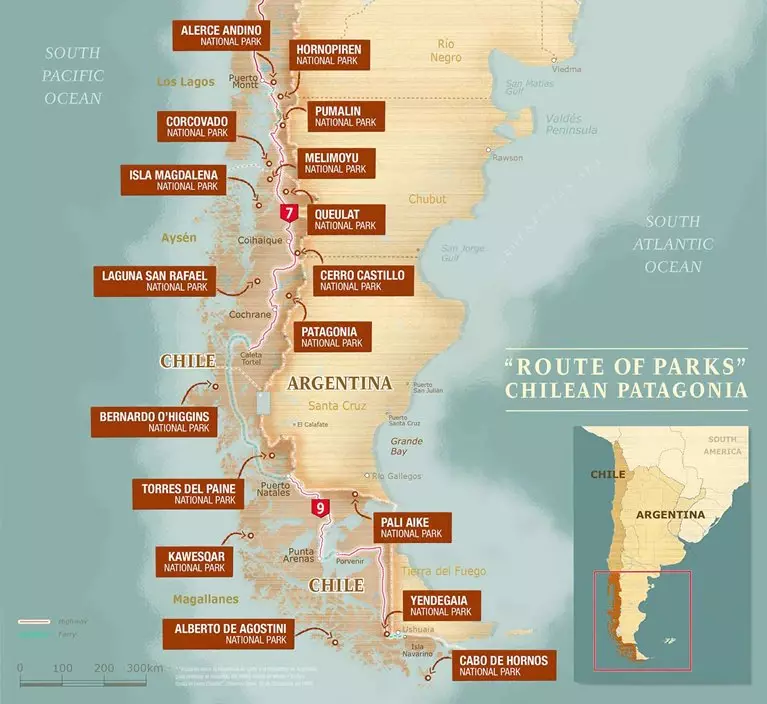
Chile's Route of Parks map - Thompson Conservation

